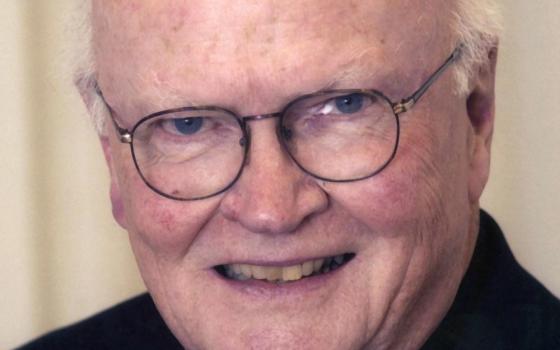 A watershed is the area of land where all of the water that is under it or drains off of it goes into the same place. John Wesley Powell, scientist geographer, put it best when he said that a watershed is: "that area of land, a bounded hydrologic system, within which all living things are inextricably linked by their common water course and where, as humans settled, simple logic demanded that they become part of a community."
A watershed is the area of land where all of the water that is under it or drains off of it goes into the same place. John Wesley Powell, scientist geographer, put it best when he said that a watershed is: "that area of land, a bounded hydrologic system, within which all living things are inextricably linked by their common water course and where, as humans settled, simple logic demanded that they become part of a community."
Watersheds come in all shapes and sizes. They cross county, state, and national boundaries. In the continental United States, there are approximately 2,110 watersheds.
My own watershed here in Kansas City, Mo. is that of the Blue River. Water that falls on the roof of my house drains into storm sewers that empty into that river, which itself empties into the Missouri River about 10 miles away. My drinking water comes from the Missouri River. Waste empties into it as well.
You've probably lived in several different watersheds in your life; it's common in our mobile society. I've lived on the Smoky Hill River watershed on the Great Plains, on the Strawberry Creek watershed in the San Francisco Bay area, and on the Fox Creek watershed in the Ozarks.
Watersheds are an important concept in the bioregional movement, which seeks to increase our awareness of the local place in which we live, work and eat.
Bioregionalists recognize that watershed boundaries make a lot more sense than our current ephemeral geo-political boundaries. Watershed boundaries are natural boundaries that cradle bio-geographical drainage systems that are inhabited by many species of biota including the human species.
Bioregionalist and poet Gary Snyder writes: “Bioregionalism goes beyond simple geography or biology by its cultural concern, its human concern. It is to know not only the plants and animals of a place, but also the cultural information of how people live there-the ones who know how to do it. Knowing the deeper, mythic, spiritual, archetypal implications of a fir, or a coyote, or a bluejay might be to know from both inside and outside what the total implications of a place are. So it becomes a study not only of place, but a study of psyche in place. That’s what makes it so interesting."
John Seed wrote: “Earth’s wondrous mosaic of watersheds is constantly shifting, endlessly changing. Our species, the human species has come to predominate, even if temporarily. Our longevity within this mosaic will be determined by our degree of wisdom and our future practices. Our wisdom must meld many components including that which may be learned only by swimming heartily within the flow of Nature."
“Watershed consciousness is a form of home awareness,respect, maintenance, and repair," writes Peter Marshall. "It starts by knowing where your water comes from (besides the faucet or vending machine) and where it goes when you flush; what happens to the rain that runs off your roof; what soils produce your food; and who shares your water supply, including which fish. The Watershed Way is a middle way, singing a local song, somewhere close by, between Mind and Planet.
"Become intimate with your own backyard, with a bit of riverbank, with a pond or hill. The rest of the watershed, the meta-landscape, the continent, planet and universe will be naturally drawn into this intimacy."
A good example of a watershed exploration can be found at watersheds.org. The Bryant Creek watershed in southern Missouri is the location for this exploration. The site is designed with kids in mind, so that they can learn about the place where they live. It's complete with classroom activities and outside exercises.
| NCR's Eco Catholic Blog Eco Catholic is an exploration of the green Catholic imagination and ecological spirituality. Contributors include Rich Heffern, NCR staff writer, columnist and author, and Carol Meyer, executive director of the Sustainable Sanctuary Coalition. To receive a weekly e-mail alert with highlights from the blog, follow this link to the sign-up page. If you already receive e-mail alerts from NCR, add Eco Catholic to you profile. |



